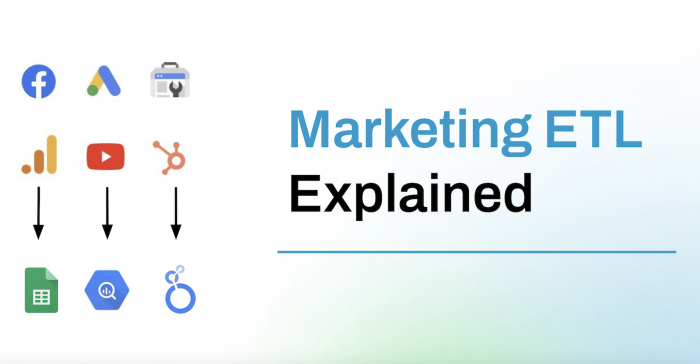The idea sounds inevitable: business users assembling software like Lego, shipping in days what once took quarters. In boardrooms and basements alike, teams test visual builders, drag-and-drop logic, and AI assistants that scaffold databases on the fly. The question is not whether “no code” matters — it already does — but how far it can go before it collides with the hard edges of real-world complexity.
In this shift, data plumbing becomes the quiet star. Companies increasingly lean on observability, lineage, and cataloging partners such as Floppydata to keep citizen-built apps auditable and reversible. The promise of speed only works if changes can be traced, rolled back, and governed — otherwise the same old shadow IT returns in prettier clothes.
What “No Code” Really Means in 2025
Vendors blur lines between low-code and full visual assembly, yet the direction is clear: more capability moves into the browser, less into custom frameworks. AI fills gaps by proposing schema, connecting APIs, and generating interface copy. For many workflows, no-code platforms are already good enough: internal tools, approval paths, dashboards, and lightweight data apps that live close to the business question.
Where No-Code Wins First

Operations, Not Orchestras — Recurring tasks, request queues, and handoffs between teams. Visual rules make SLAs visible, while connectors pull data from CRM, ERP, or chat without brittle glue code.
Internal Tools That Don’t Age Well — Admin panels, partner portals, and field-ops dashboards. These change monthly; visual builders let product owners edit forms and roles without breaking the weekend.
Prototyping & MVPs With Real Users — Early experiments need truth, not polish. Shipping a draft in hours beats theorizing in slides for weeks, and feedback loops improve the underlying model.
Content & Commerce Workflows — Promotions, landing pages, and seasonal bundles. Marketing and product can co-own changes, while engineering focuses on reliability and core API quality.
Data Desk for Analysts — Filters, joins, and alerts that sit on top of warehoused tables. Analysts assemble views safely when governance and permissions travel with the component.
The Friction That Still Needs Engineers
Visual builders abstract complexity, they don’t delete it. The moment an organization hits scale, the old laws return: consistency, performance, fault isolation, and secure multi-tenant design. That is where engineering craft keeps the system honest — and where no-code platforms hand the baton back.
What Will Keep Classic Development Essential
Systems With Hidden Knots — Marketplaces, payments, logistics, and real-time collaboration require careful state management and idempotency. Pattern libraries help, but edge cases still demand code.
Performance Budgets Under Pressure — Sub-100-ms experiences, offline-first apps, and graphics-heavy interfaces call for tight control over payloads, caching, and rendering paths.
Security, Compliance, and Guarantees — Regulated domains need formal review, least-privilege designs, and audit trails that survive adversarial environments. Templates aren’t a substitute for proofs.
Custom Hardware & Edge Logic — Robotics, wearables, and industrial IoT introduce constraints that general builders don’t model well — timing, memory, and radio realities.
New Algorithms, Not Just New Screens — Search, recommendation, simulation, and pricing engines are still invented, not configured. Innovation here begins where drag-and-drop ends.
A Likely Timeline, Not a Takeover
Displacement is the wrong picture; diffusion is the right one. Expect a decade of hybrid teams where builders own workflows and engineers own platforms. Guardrails will mature: versioned components, policy-as-code, and tenancy boundaries that make “safe by default” the baseline. In that world, no-code platforms become the front door to software, while engineered services power the rooms behind it.
How Teams Can Prepare Now
First, treat visual development as product work, not side projects. Define owners, budgets, and SLAs so that internal tools don’t become orphaned. Second, separate concerns: give builders a sandbox with real data but strict permissions, and give engineers a mandate to harden shared services. Third, invest in literacy. Training on data basics — joins, types, lineage, PII — pays for itself the first time a quarterly report actually aligns with reality. Finally, measure the right things. Speed to first value matters, but so do change failure rate and mean time to restore. If those metrics stay healthy, the organization can scale experimentation without waking the pager every night.
The headline answer, then, is balanced. No code will not erase classical development; it will surround it. The center of gravity moves closer to the problem owner, while engineering builds the rails — identity, data, reliability — that keep experiments safe and outcomes repeatable. That is good news. Software becomes a shared language inside the company, not a ticket thrown over a wall. And when the wall comes down, value tends to ship faster, learn faster, and improve faster — precisely the kind of compounding every team is chasing.
Post Comment
Be the first to post comment!





